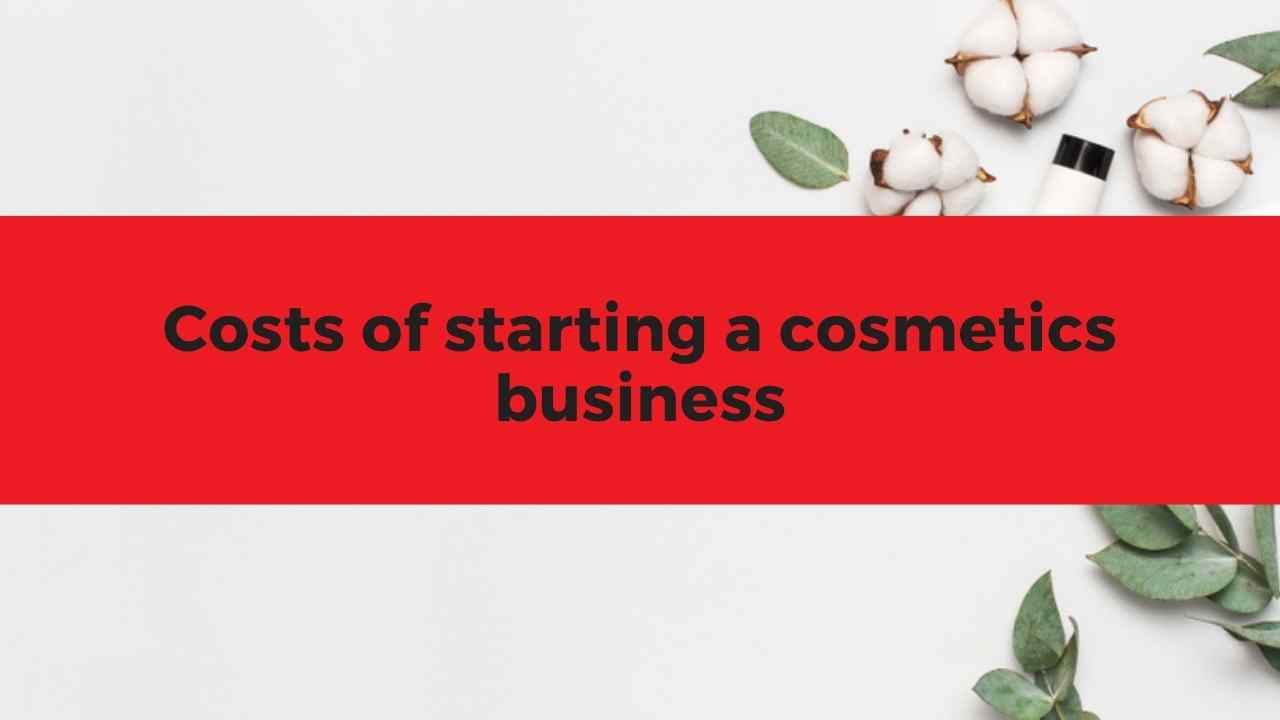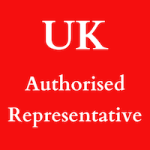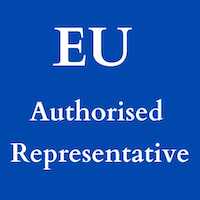So you’re starting your own make-up line and want to know the costs of starting a cosmetics business in terms of regulation and testing. This is possibly one of the most common enquiries we receive.
To approach the question: How much does it cost to start a make-up line? We have broken the list down into tangible and intangible costs.
Testing and regulation: What do you need to start a cosmetics business?
Let’s list the things you might need to comply with cosmetic regulation in the UK and EU. Below is a general list of things you’ll need – it is not specific to any cosmetic or formulation – so you may not need all tests (only your cosmetic assessor can confirm).
- Documentation required for CPSR: formulation, MSDS, CoAs, IFRA certificates (if applicable) etc
- CPSR signed by assessor
- Micro test
- Challenge test
- Stability test
- PIF
- Notification to UK and CPNP portal
- Other costs: label review
Let’s go through each start-up cost in turn.
List of costs of starting a cosmetic business
1. Documentation required for CPSR: formulation, MSDS, CoAs, IFRA certificates (if applicable) etc
This first cost we shall discuss is an intangible cost because it’s hard to put a price on the time taken to gather your documentation required for an assessor to write a CPSR. Many manufacturers starting out probably don’t consider all the CPSR requirements, the pitfalls and how long it can take to get some of the information. This process is more important than many starting out realise – because if you get it wrong it can delay a product launch. For example, if there is a two week delay to product launch because you’re waiting on a supplier to provide a document how much does that cost your business? We won’t go into detail here about the CPSR requirements but you can check out our online CPSR course for more information.
Your formulation
Start with your formulation – you’ll need to finalise it before you do anything. This means understanding the true identity of your ingredients and to do that you’ll need the INCI name for each ingredient. Only when you can provide the INCI names to the assessor can the CPSR process begin. Naturally, if there is any ambiguity over an ingredient it will cause a delay to the authoring of the CPSR and, in turn, your product launch. So there are clear cost savings if you get this step right first time.
MSDS, CoA and certificates…
Next there’s documentation for each ingredient – MSDS, CoAs and if applicable, IFRA certificates. You rely on your suppliers to provide you with high quality ingredient documentation within a reasonable timeframe. You want suppliers to be communicative, and respond quickly to your requests but not all suppliers are. And even when you get the documentation if it is incomplete it may cause delays at the CPSR authoring step.
So this is another intangible cost of starting cosmetics business – the time and labour you need to get the correct information from your suppliers. Consider the responsiveness and accuracy of your supplier in your early dealings with them to gauge how long it might take to get required documentation.
In summary, to keep intangible costs down and avoid delays to the product launch the lesson here is: 1) to be sure of the INCI name for each ingredient and 2) start requesting required documentation from your supplier as soon as possible, checking it as you go.
In the next section, we’ll cover the first tangible cost of compliance with cosmetic regulation, the CPSR.
2. CPSR signed by an assessor
A CPSR is the first tangible cost when starting a cosmetic business when regulation is concerned. Now, of course, there are many different CPSR assessors out there and the cost of getting a CPSR can vary. There is usually a trade-off when it comes to CPSR services: the more you pay the better and faster the service and conversely, the lower the price, the slower the turnaround and sometimes lower the quality of service.
The factors that influence price include:
- Turnaround time
- Experience & training of the assessor
- Responsiveness
- Quality of advice and guidance during the process
Price trade-off
In order to prepare a CPSR, an assessor may charge in the range of £150 to £450. As mentioned, at the low end you can expect a slower turnaround. This is ok if you have plenty of time until product launch. Our cosmetic safety assessment service charges mid-high because our turnaround is typically fast and we aim to offer a high quality service with good advice and support throughout.
So there’s the first cost of compliance: the cost of a CPSR is £300 (average).
Next, we cover the first lab test cost, the micro test. Importantly, not all products require all tests. If your product contains alcohol, for example, you may not need a micro test. If your product does not contain water, you may not need a challenge test.
3. Micro Test
The purpose of the micro test – or microbiological test – is to check for microbial growth and activity. There are many different types of micro test but the essential one is called Total Viable Count – or TVC. This is a general, non-specific test – it isn’t looking for any one particular organism. For this test, a lab would typically charge around £10 (excluding VAT).
The upper range is around £25 for more comprehensive micro testing checking for multiple organisms.
Factors that impact on micro lab tests include:
- Status of lab: ISO accreditation
- Experience of lab
We always recommend using an ISO accredited lab because this is a mark of credibility and reliability. You pay a bit more but we think it is worth it for peace of mind. The accreditation body in the UK is called UKAS.
So to average out the cost of a micro test puts it at £17.
Want to learn more about all cosmetic testing? Check our our online video guides.
4. Challenge test
A challenge test – or Preservative Efficacy Test (PET) – is only required if your product contains water. This test demonstrates how effective the preservative is at suppressing microbial growth in the cosmetic. Labs typically charge from £150 to £300 for a PET test.
The factors affecting the price of a PET are the same as the micro test (see above).
Average cost of a PET test: £225
5. Stability test
Stability tests demonstrate how stable your product is – in other words – what happens to the product over 6 months, 12 months, 2 years in terms of appearance, smell and other things.
Cost for cosmetic stability tests vary dramatically because it depends on duration of the test you undertake and the accreditation status of the lab. Typically, a 12 month stability test at a non-accredited lab would cost in the region of £250 while an ISO accredited lab would cost significantly more – we talking thousands of pounds.
Other factors that can influence price of a stability test:
- Room temperature or accelerated conditions
- Location of lab
- Storage cabinet costs at lab (controlled temp. & humidity conditions)
Did you know many manufacturers undertake a stability test on their own premises? This can help reduce costs and if undertaken properly is an acceptable solution.
Learn more about stability test including undertaking a stability test on your premises by watching our online cosmetic course.
For stability test, let’s take the lower cost: £250 (for 12 month stability)
6. Cost of the Product Information File (PIF)
Once you have your completed and signed CPSR from the assessor you can build your PIF. Services are available to help you prepare your PIF but we think this is something the manufacturer can prepare without external contractors.
Essentially, for a PIF you need to gather all documentation (CPSR, MSDS, CoA, stability etc) and compile in one document. It should be ready to go should an authority request it.
Learn more about the requirements of a PIF and how to build one for your product by watching our online cosmetic course here.
Because we believe this step should be undertaken by the manufacturer we shall put the cost at preparing a PIF at zero £0.
7. Notification of product via UK and CPNP portals
Once you have your signed CPSR and built your PIF are now ready to notify the authorities.
Since Brexit, there are two portals – one for UK and one for EU. Completing the online notification forms is quite straight forward in both cases so, like with the PIF, we believe this step can be undertaken by the manufacturer and not an external contractor.
For this reason, we put the cost of notification to one or both at zero £0.
8. Other costs of starting a cosmetic business
There might be other costs you encounter in your preparation for launching a product such as label review. A label review typically includes a check for the chemical names and order of the ingredients and other label elements such as marketing claims. You learn more about making claims in our selling homemade cosmetics blog post.
Label review
A label review is usually undertaken by an assessor and can cost anything from FREE (if as part of the CPSR process) up to about £80. Hint: The chemical names and order should appear in the CPSR report so that step is already done for you – simply copy paste on the label.
For the purposes of this review into costs of starting a cosmetics business we will not include any extra costs – but it is always good practice to include a margin of error when budgeting for CPSR and testing costs. Should you need to change the formulation during the CPSR process or testing you may need a re-assessment which can attract additional costs (small changes usually attract no extra cost).
Summary of costs of starting a cosmetic business
In this post we’ve covered tangible and intangible costs of starting a cosmetic business in terms of regulation and testing. If we add up the costs and assume that all tests are required that is: micro, challenge and stability (remember you might not need all tests) we put the total cost at:
Total tangible costs: £792
As discussed, intangible cost savings can be made by ensuring you source ingredients from high quality suppliers that are responsive and can provide accurate information. That way delays to product launch are minimised.
Cosmetics that do not include water or contain microbial inhibitor such as alcohol challenge testing do not require micro or challenge testing so compliance costs are lower.
Finally, further cost savings are achieved if you can undertake PIF compilation, notification and stability tests on your premises and not outsource these tasks. Don’t forget with our online cosmetic course you can learn about these topics and more!



Comments are closed here.